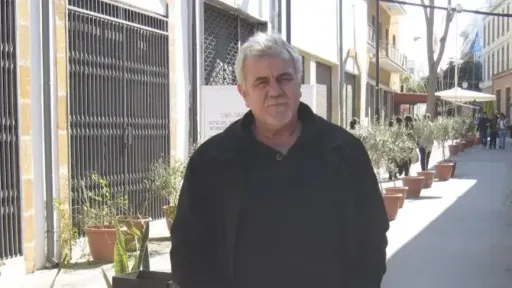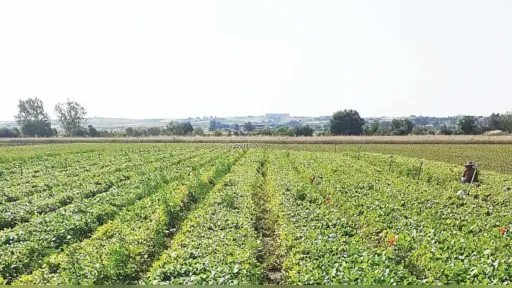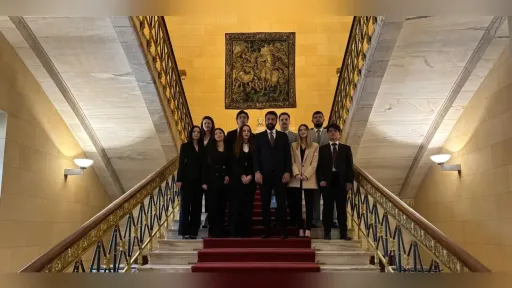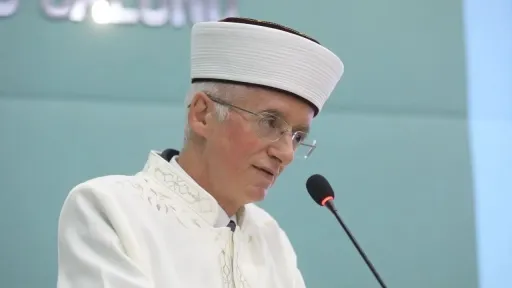The Bektashi heritage of Western Thrace and the role of Seyyid Ali Sultan
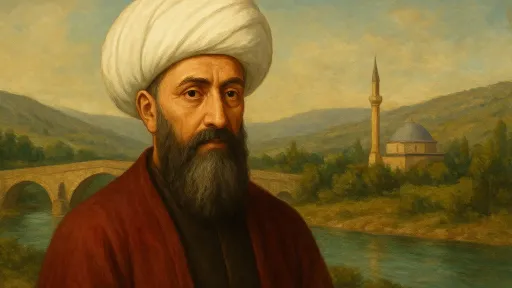
Western Thrace has long been a crossroads of civilizations, cultures, and faiths. Yet the presence of Turkish and Muslim communities in the region cannot be explained solely by Ottoman conquests. Long before, spiritual leaders from Horasan—such as Seyyid Ali Sultan—paved the way for Turkish settlement and the spread of Islam in the Balkans.
Seyyid Ali Sultan’s Arrival and the Founding of the Tekke
At the end of the 14th and the beginning of the 15th century, Seyyid Ali Sultan traveled from Horasan to Anatolia and then into Rumelia. In Dimetoka and its surroundings, he established a tekke (dervish lodge) that functioned not only as a place of worship but also as a center of education, solidarity, and community life.
Ottoman archival records note that in 1402, Sultan Bayezid I granted Seyyid Ali Sultan the villages of Darıbükü, Büyükviran, and Tıfulluviranı as waqf endowments. These waqfs provided economic independence for the tekke, strengthened Turkish settlement in the region, and served as cultural and religious centers.
Spiritual Influence and Popular Devotion
Seyyid Ali Sultan’s impact was not confined to official patronage. According to velâyetnâme accounts, his miracles—such as making a pomegranate branch sprout with a single arrow or bringing forth water from a rock—helped draw people to him and facilitated the acceptance of Islam in the region.
Zaviyes and tekkes became inseparable from daily life, serving as places of religious education while preserving Turkish cultural traditions. Through dervish gatherings, festivals, and commemorations, Bektashi communities transmitted both their Turkishness and Islamic identity from generation to generation.
Lineage and Place in the Bektashi Tradition
Tradition holds that Seyyid Ali Sultan traced his lineage back to Imam Ali. Within Bektashi belief, he was the son of Hüseyin Gazi, grandson of Ali Seydi Sultan, and counted among the close companions (halifas) of Hacı Bektaş Veli. This lineage reinforced his spiritual authority and helped secure his place as a revered leader in the eyes of local communities.
Tekkes, Waqfs, and Shrines as Anchors of Identity
The tekkes around Didymoteicho, along with their endowed villages and Seyyid Ali Sultan’s shrine, provided continuity for religious and cultural life. More than architectural heritage, these institutions served as living reminders of identity and community memory.
The velâyetnâme emphasizes Seyyid Ali Sultan’s ascetic lifestyle, noting his strictness in prayer and abstinence from alcohol, despite his otherwise kalenderi (wandering dervish) character. Such qualities bolstered his reputation as a respected spiritual authority.
Legacy and Contemporary Relevance
Today, despite centuries of political upheaval and cultural change, the spiritual heritage of leaders like Seyyid Ali Sultan continues to sustain Bektashi Turks in Western Thrace. Shrines, zaviyes, and waqf villages endure not only as historical monuments but also as symbols of communal identity and memory.
Seyyid Ali Sultan’s presence in Dimetoka, his guidance, and the institutions founded under his leadership remain central markers of the Turkish and Muslim heritage of Western Thrace. His legacy stands as one of the clearest indicators of the region’s enduring cultural and religious continuity.
— S.C.

